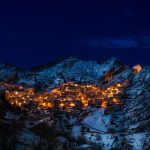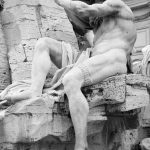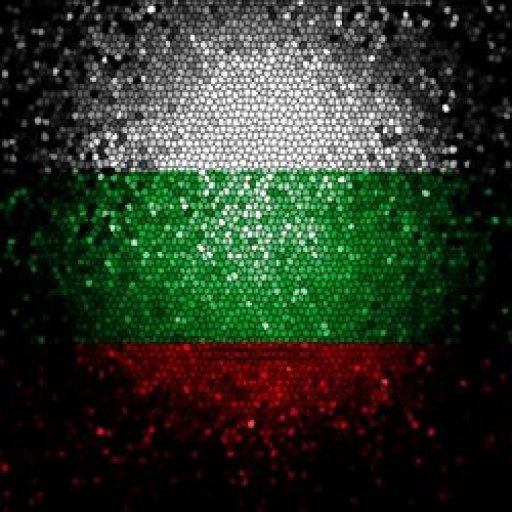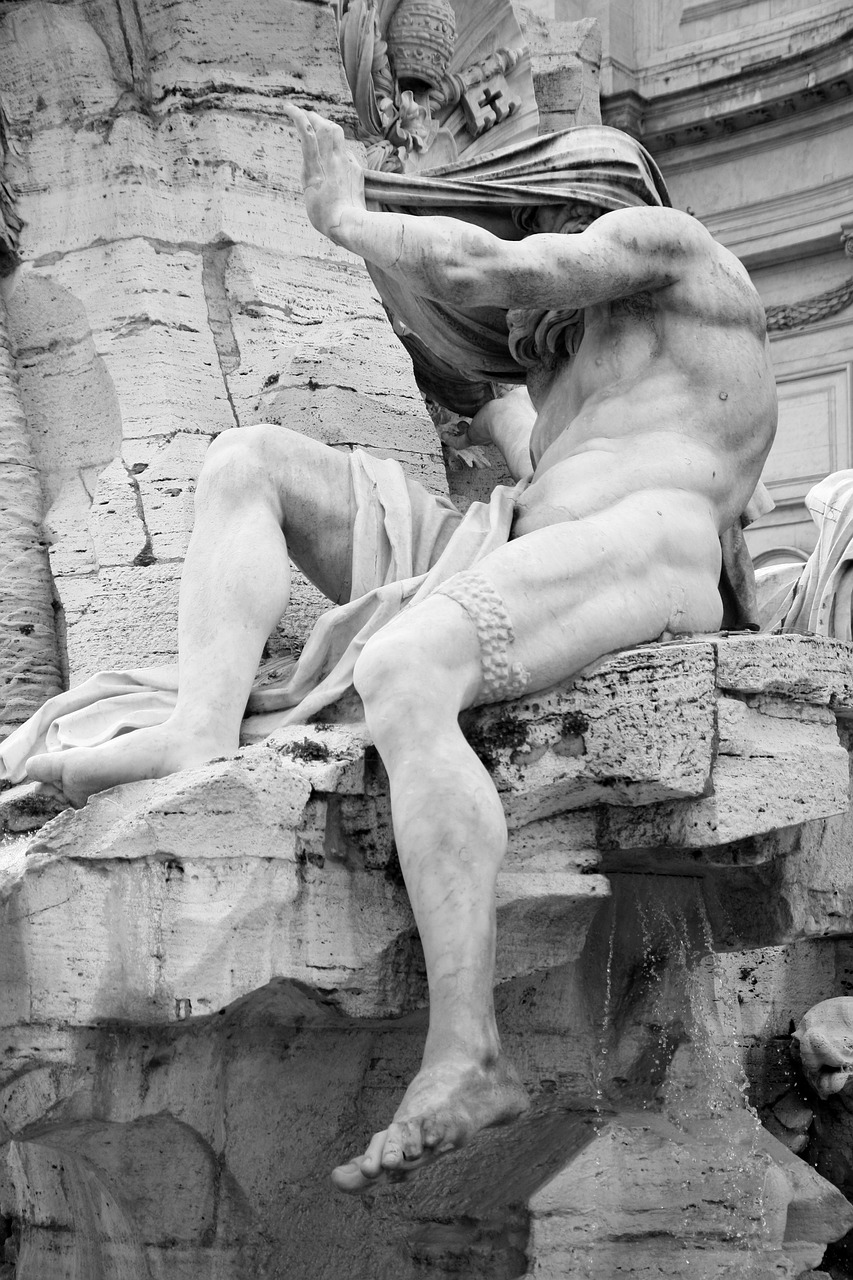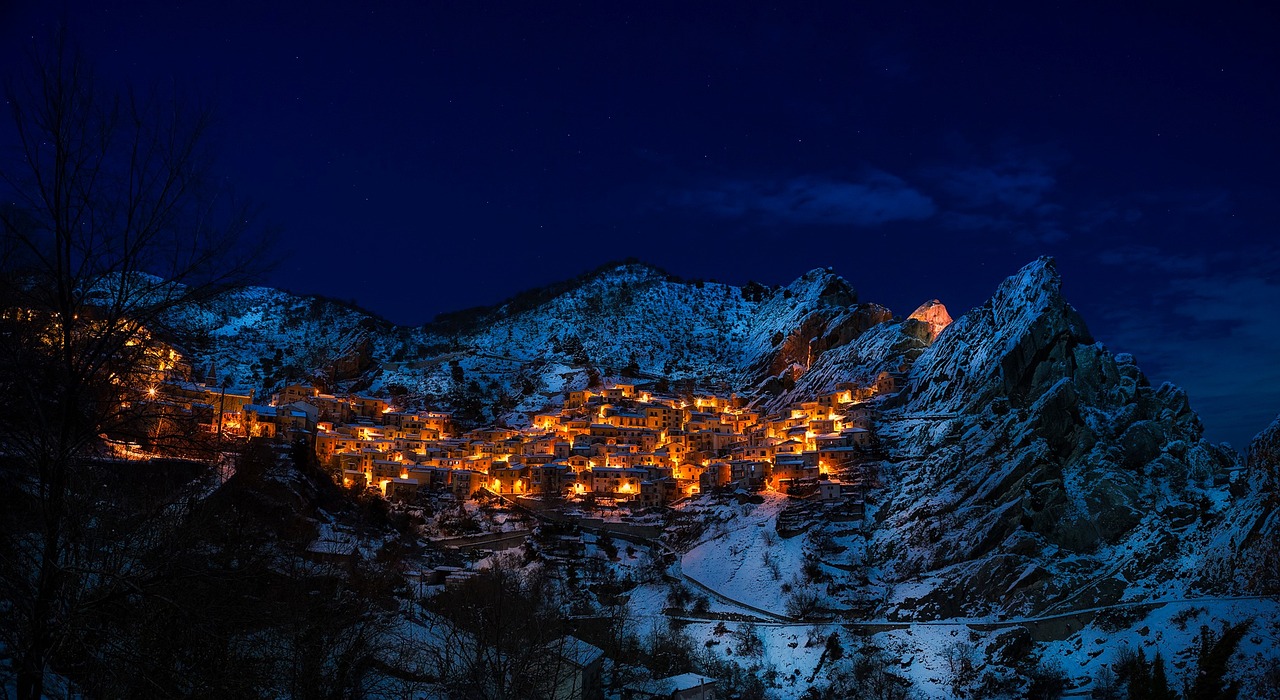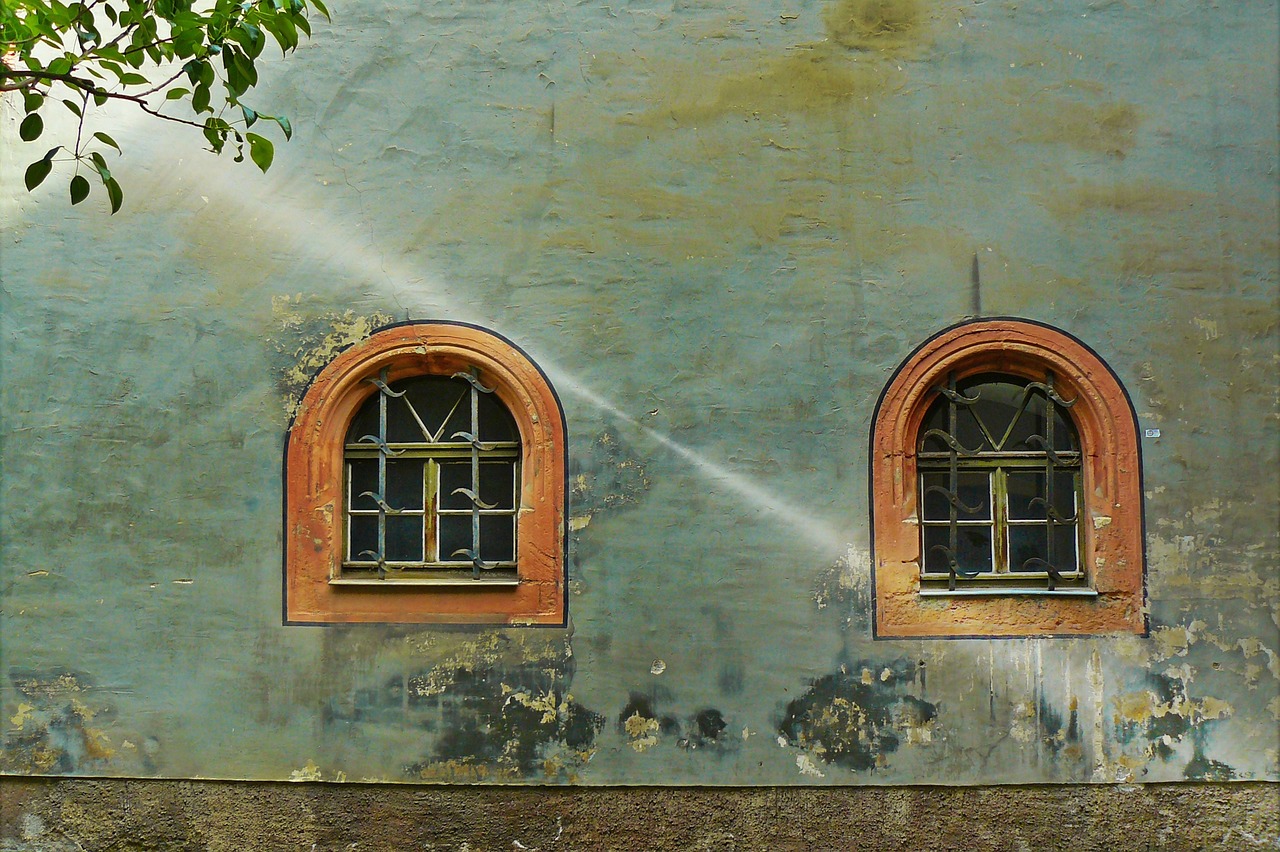Step into the enchanting world of Botevgrad, Bulgaria, and behold the magnificent Clock Tower, a timeless masterpiece that stands tall as a symbol of history and beauty. Built in 1866 by the skilled hands of Vuno Markov, this architectural marvel reaches a height of 30 meters, making it the highest clock tower from the Age of Revival in Bulgaria. With its intricate Baroque elements and captivating wall paintings on the cornices, the tower exudes a sense of grandeur and historical significance.
Crafted meticulously by Gencho Nakov, the clock mechanism of the tower ensures accurate timekeeping, while the bell, a creation of Lazar Dimitrov, adds a melodic touch to the surroundings. Declared an architectural and constructional monument of national significance, the Clock Tower of Botevgrad has become an emblem of the town’s rich heritage.
While visitors may only observe the tower from the outside, the Tourist Information Center in Etropole provides a wealth of information about this iconic landmark. Delve into the town’s history further by exploring the Historical Museum of Botevgrad, which offers a deeper understanding of the town’s captivating past.
Prepare to be captivated by the majestic Clock Tower of Botevgrad, as it stands as a testament to the town’s historical and cultural legacy.
Key Takeaways
- The Clock Tower in Botevgrad, Bulgaria was built in 1866 and is the highest clock tower from the Age of Revival in the country.
- It features intricate Baroque elements, such as ornate cornices with wall paintings, making it a notable example of design from that era.
- The tower’s construction materials are of high quality, with the lower part made of stonework and the upper part adorned with decorative elements.
- The tower is a substantial testament to the town’s historical legacy, serving as a cultural impact and reminder of its past.
Architecture and Design
The Clock Tower in Botevgrad, built in 1866, showcases architectural elements of the Baroque style, including ornate cornices adorned with wall paintings, making it a notable example of design from the Age of Revival in Bulgaria. The tower’s design is characterized by its intricate interior details and the use of high-quality construction materials. The lower part of the tower is made of stonework and features a small door, while the upper part is adorned with decorative elements that add to its grandeur. The construction materials used in the tower’s construction are of excellent quality, ensuring its durability and longevity. The attention to detail in the tower’s interior further enhances its aesthetic appeal, making it a true symbol of history and beauty in Botevgrad.
Historical Significance
With its construction dating back to 1866, the Clock Tower in Botevgrad stands as a substantial testament to the rich historical legacy of the town, captivating visitors with its architectural grandeur and cultural significance. The tower’s historical significance lies in its cultural impact on the town, symbolizing the age of revival and serving as a reminder of the town’s past. Efforts have been made to preserve the tower as an architectural and constructional monument of national significance. Its baroque elements and wall paintings on the cornices add to its charm and historical value. While the tower can only be examined on the outside, its presence serves as a reminder of the town’s history and heritage. Visitors can explore the Historical Museum of Botevgrad to learn more about the town’s past and appreciate the preservation efforts made to protect its historical landmarks.
Visiting Information
Located in the heart of Botevgrad, the Clock Tower offers visitors an opportunity to explore the town’s rich cultural heritage and architectural marvel. The tower, standing at 30 meters high, is the highest clock tower from the Age of Revival in Bulgaria. It is adorned with baroque elements and features beautiful wall paintings on its cornices. Although visitors can only examine the tower from the outside as there is no personnel available, there are nearby tourist services to assist visitors in their exploration of the town. The Tourist Information Center in Etropole, located at 88 Ruski Boulevard, provides information and assistance to tourists. Additionally, the Historical Museum of Botevgrad, situated at 3 Neznaen Voin Square, offers a deeper understanding of the town’s history. Visitors can also explore other nearby attractions such as The Lakatnik Cliffs, The Teteven Historical Museum, The Zoo in Sofia City, Okolchitsa National Park, and Glozhene Monastery St. Georgi Pobedonosets (St. George the Victorious).
Frequently Asked Questions
Who was the architect responsible for designing the Clock Tower in Botevgrad?
The architect responsible for designing the clock tower in Botevgrad is Vuno Markov. The clock tower, built in 1866, is of historical significance and features Baroque elements and wall paintings on cornices.
What materials were used in the construction of the Clock Tower?
The clock tower in Botevgrad was constructed using stonework for the lower part of the tower, while the upper part features baroque elements and wall paintings on its cornices. The architect responsible for designing the tower was Vuno Markov.
How often does the clock mechanism need to be maintained or repaired?
The clock mechanism of the Botevgrad Clock Tower requires regular maintenance and occasional repairs to ensure its proper functioning. The frequency of maintenance depends on various factors, including the complexity of the mechanism and the impact of weather on its performance.
Are there any guided tours available to explore the inside of the Clock Tower?
There are no guided tours available to explore the inside of the clock tower. However, the tower’s historical significance can still be appreciated from the outside, as it is a declared architectural and constructional monument of national significance.
Is there any folklore or legends associated with the Clock Tower of Botevgrad?
The clock tower in Botevgrad has no folklore or legends associated with it. However, its historical significance as the highest clock tower from the Age of Revival makes it a captivating symbol of the town’s rich heritage.

